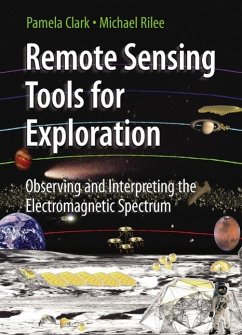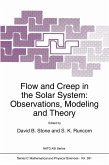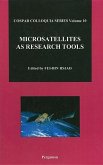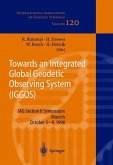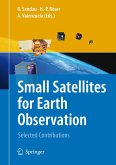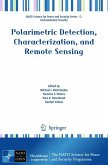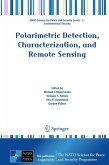This will be a comprehensive book on remote sensing, covering the entire spectrum of energies, wave and particle interactions and field generation, spectrum and image production, from magnetosphere to surface, from high energy gamma-rays to low energy sonic waves, for the Earth and planets. Software and hardware tools specific to each spectral region for capturing, analyzing, and combining data will also be discussed. Earlier remote sensing books and methodologies focused on reviewing relatively limited parts of the electromagnetic spectrum or particular systems (surface, atmosphere). To understand behavior and origin of complex systems (e.g., global warming) data from different systems and different parts of the spectrum must be combined. This book reviews and creates the basis for those experts in one energy region or one system to gain insight in understanding and combining data from other regions and systems (data fusion). For the student, there are software tools (on CD) to simulate spectra/images for selected spectral regions. The book is, written to be accessible ( by minimizing discipline-specific jargon) for engineers and scientists in a wide range of fields as well as those planning to be engineers and scientists at the upper level college student or 'educated layman' level or above. TOC:Historical Developments in Remote Sensing and Mapping.- Principles of Data and Image Processing: Processing and interpreting remote sensing data, Transforming and correlating remote sensing datasets.- The Visible Spectrum: The origin, observations, and interpretation of Image and Spectral Bands, color, texture, and albedo for classification of terranes.- Exploring the Ray Region: Gamma-ray region (Natural radioactivity, Cosmic Ray interaction), X-ray Region (Production, Fluorescence, Scatter), Neutrons (Production, Scatter), UV (XUV, fluorescence, absorption, albedo) for elemental abundances.- Exploring the Near Visible Region: SUV, Near IR, Mid-IR, active and passive techniques (lasers), for molecular constituents (atmospheres)/mineralogy (surfaces).- Exploring the Longwave Region: Thermal IR, Microwave, Radio, Sound, Topograpy (altimetry), active and passive techniques, surface properties from kilometers to millimeters.- Exploring Fields and Particles (3D): for interior structure, Gravity, Magnetic Fields, Ions and Electrons (Magnetosphere).- Future of Remote Sensing: issues in studying complex systems, data fusion methodologies, proposed instrument assemblages and missions.
